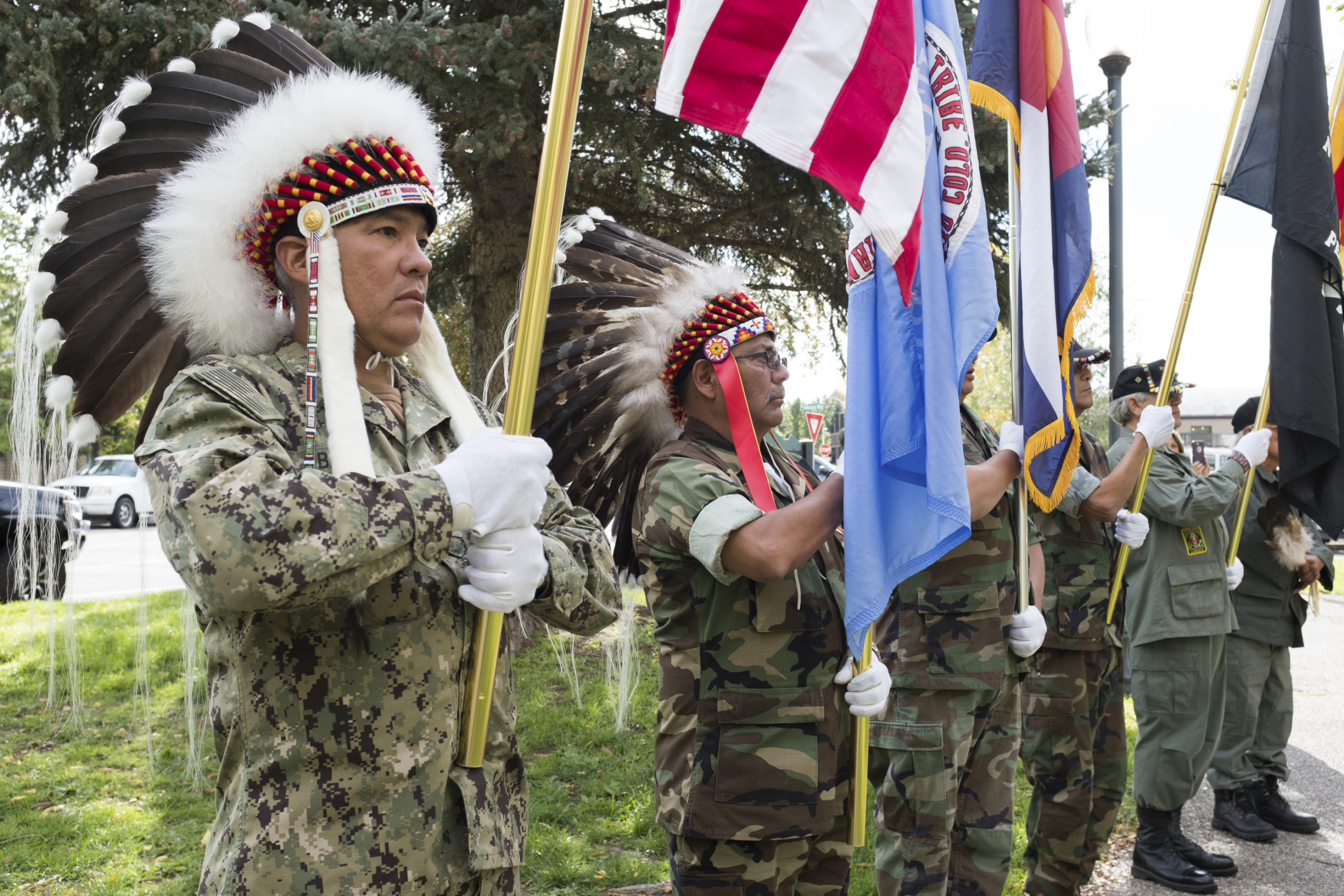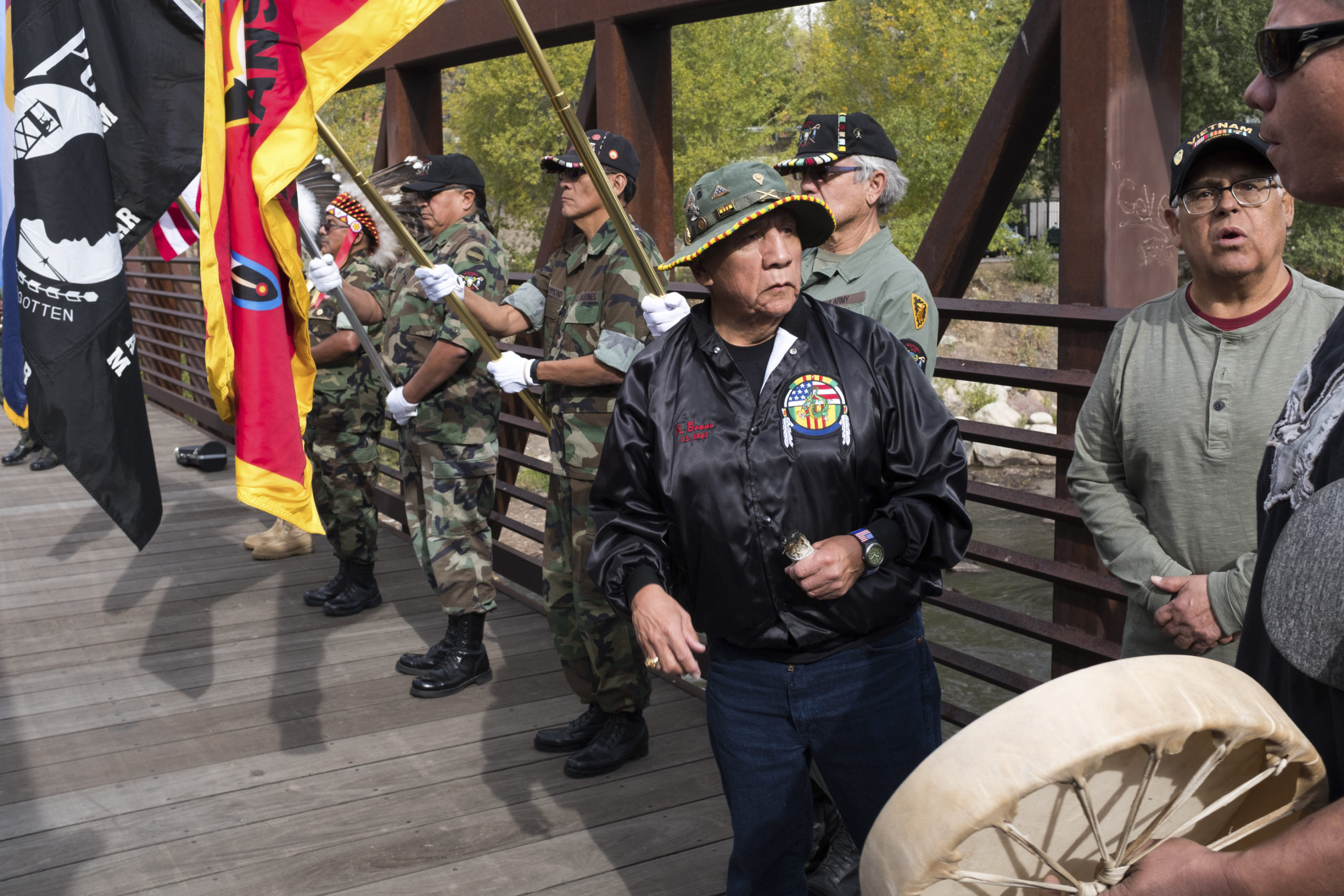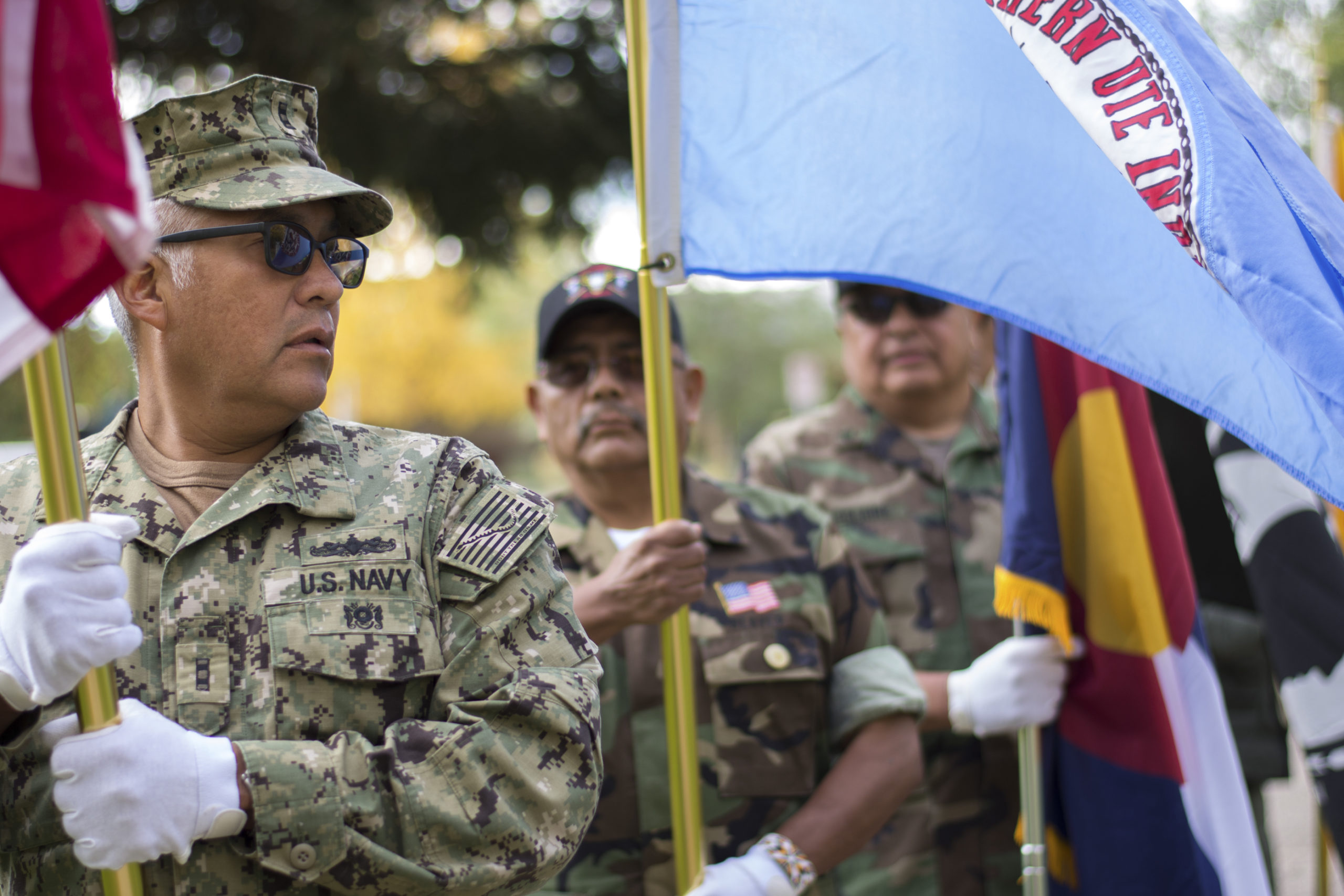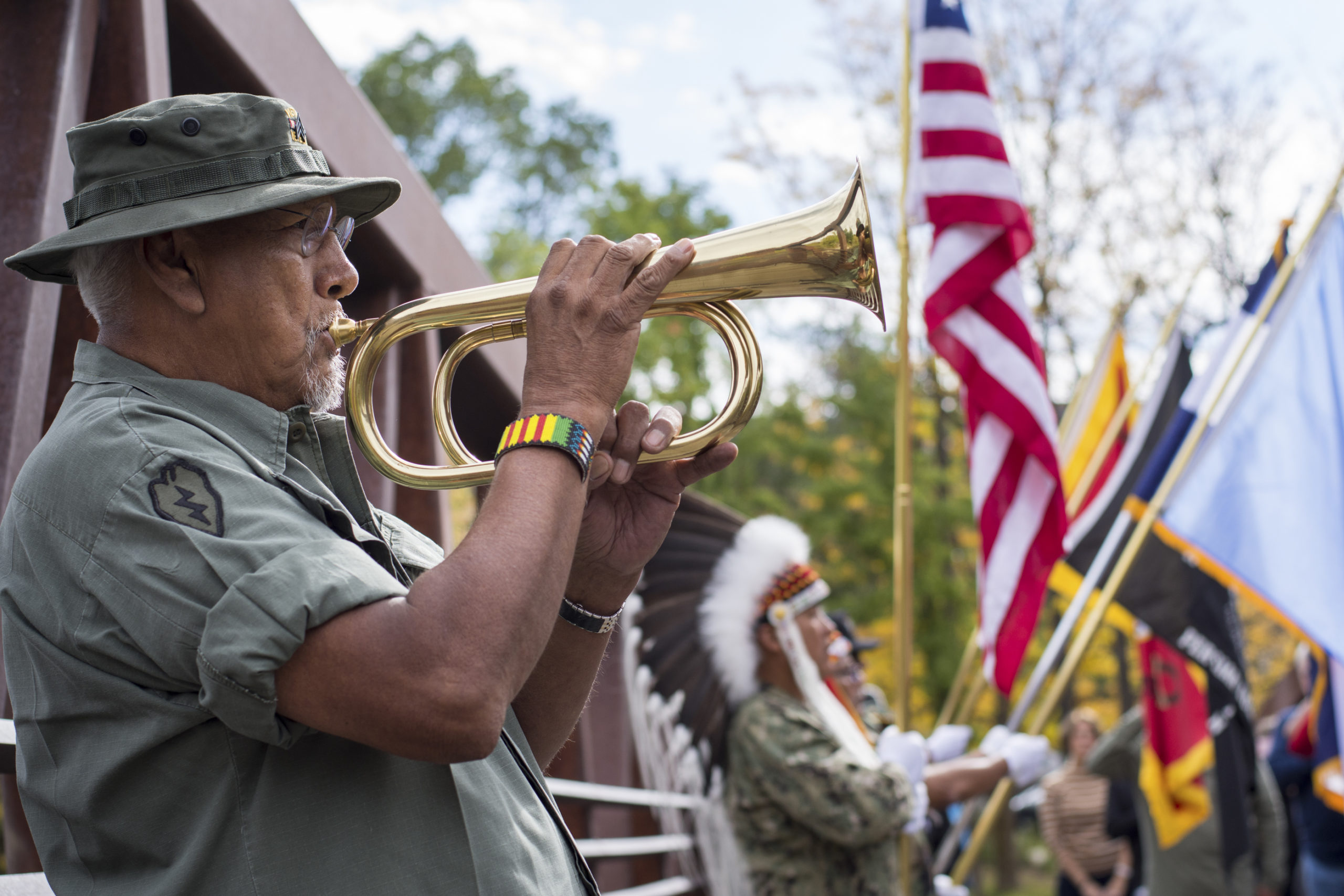Why We Serve, Native Americans in the United States Armed Forces





Ute veterans reflect on long tradition of military service
Native Americans have a long-standing history of service, when it comes to fighting in the United States Armed Forces. The recent dedication of National Native American Veterans Memorial at the National Museum of the American Indian in Washington, D.C., honors that legacy. The book, “Why We Serve, Native Americans in the United States Armed Forces” acts as a companion piece to the Memorial, helping to flesh out the narrative around Native veterans, and their legacy in the United States military.
“Veterans also discussed their reasons for serving. Foremost among these was an inherited duty to protect their homeland, family community and way of life,” according to the book’s authors. “At a consultation hosted by the Southern Ute Tribe, tribal member and Vietnam Veteran Rod Grove remarked, ‘Our great-great-grandparents’ bones are in this land that we live on, so we still think of it as our own. We’re willing to put forth our lives to keep enemies away.’”
“We have to get up and stand the ground against our enemies [as Native Americans],” Grove stated at a recent Veterans motorcycle rally in Ignacio, Colo. when reflecting on his reasons for serving overseas in the U.S. military as a member of the Southern Ute Indian Tribe.
“Why We Serve,” chronicles the generations of American Indians, Alaska Natives and Native Hawaiians who have served in the United States Armed Forces during every military conflict since the country’s founding. Published in conjunction with the dedication of the National Native American Veterans Memorial at the National Museum of the American Indian in Washington, D.C., the book features seldom told stories of Native service as well as a wealth of images, including sketches, photographs, contemporary art, and objects from the museum’s collections. In a statement by the book’s authors, “This groundbreaking history honors the diversity of Indigenous people and the complexity of their experiences. In doing so, it challenges stereotypes commonly applied to Native service members and pays tribute to the men and women whose contributions have been shaping America’s wars — and the country’s history.”
“I don’t know if it’s an unspoken language, it’s something instilled since birth, to protect our homeland back then — which carried over to today’s military,” explained Southern Ute Vietnam Veteran and Commander of the So. Ute Veterans Association, Howard Richards Sr. “The spiritual part is there, being connected to Mother Earth, that’s always been strong regardless of time. The need to protect our reservations, our homelands, and from there the United States [in its present form].”
“I guess in my case, at the time I was in the military, I enlisted because all my uncles had joined. They were older than me, they answered the call of duty too, so I was keeping the family tradition alive by joining the military,” Richards said. “I looked at the history of the past, I’m a direct descendent of Chief Severo, he was a former BIA policeman. After military, I too had the opportunity to serves as tribal police. My actions at that time, followed his footsteps in a sense.”
“The legacy of the Southern Ute Veterans are the stories that we are talking about today,” Richards said. “We need a written legacy for the young people to understand – these stories need to get brought down to a different level; bring that awareness to the membership — what it meant to be a young tribal member, going off to a foreign country to fight for the United States.”
“It’s always been there for native people, it’s something we’re born with – to answer that call,” Richards emphasized.
Published by the National Museum of the American Indian, Smithsonian Institution in 2020, Why We Serve is authored by Alexandra N. Harris and Mark G. Hirsh. Copies are available for purchase through local book retailers or online vendors.





